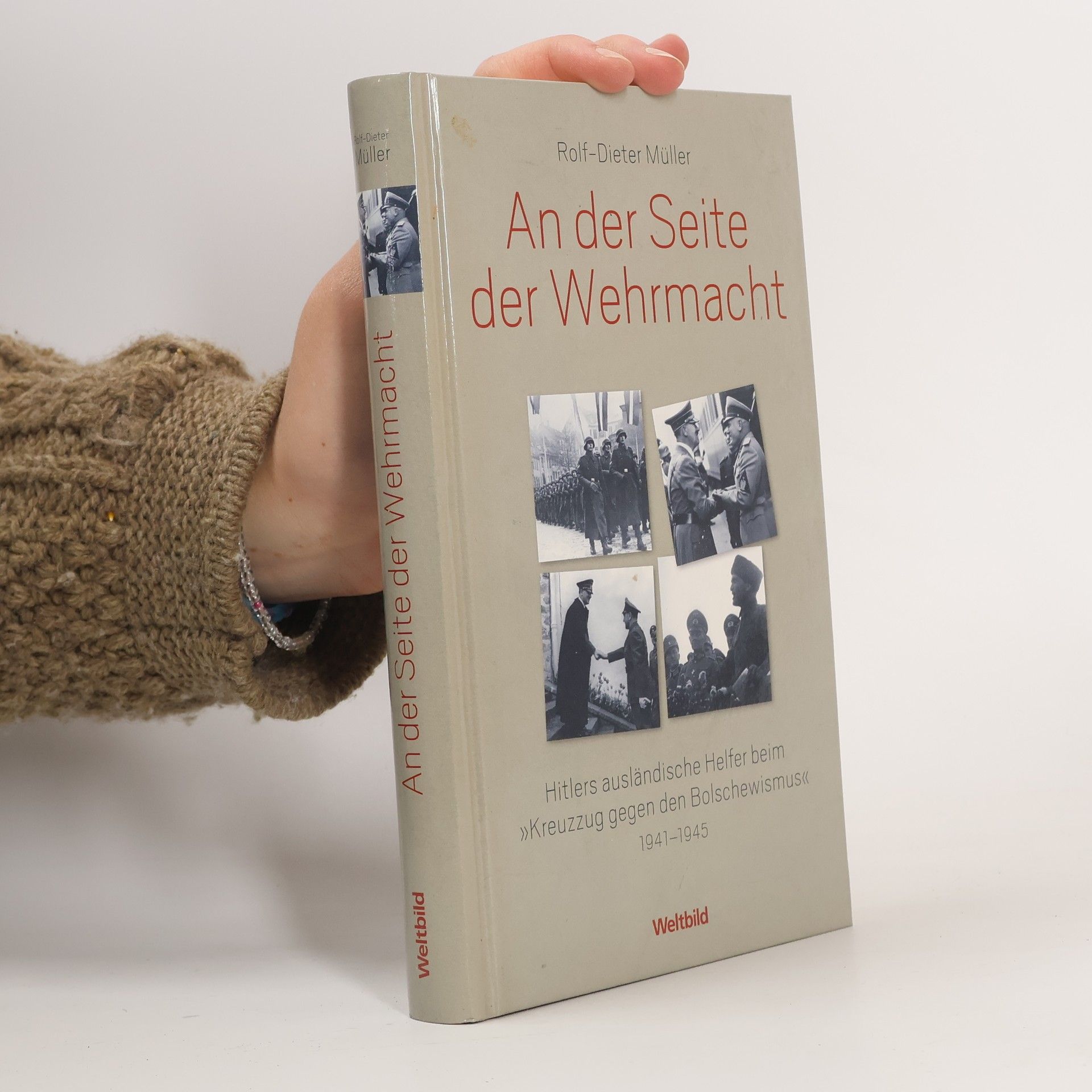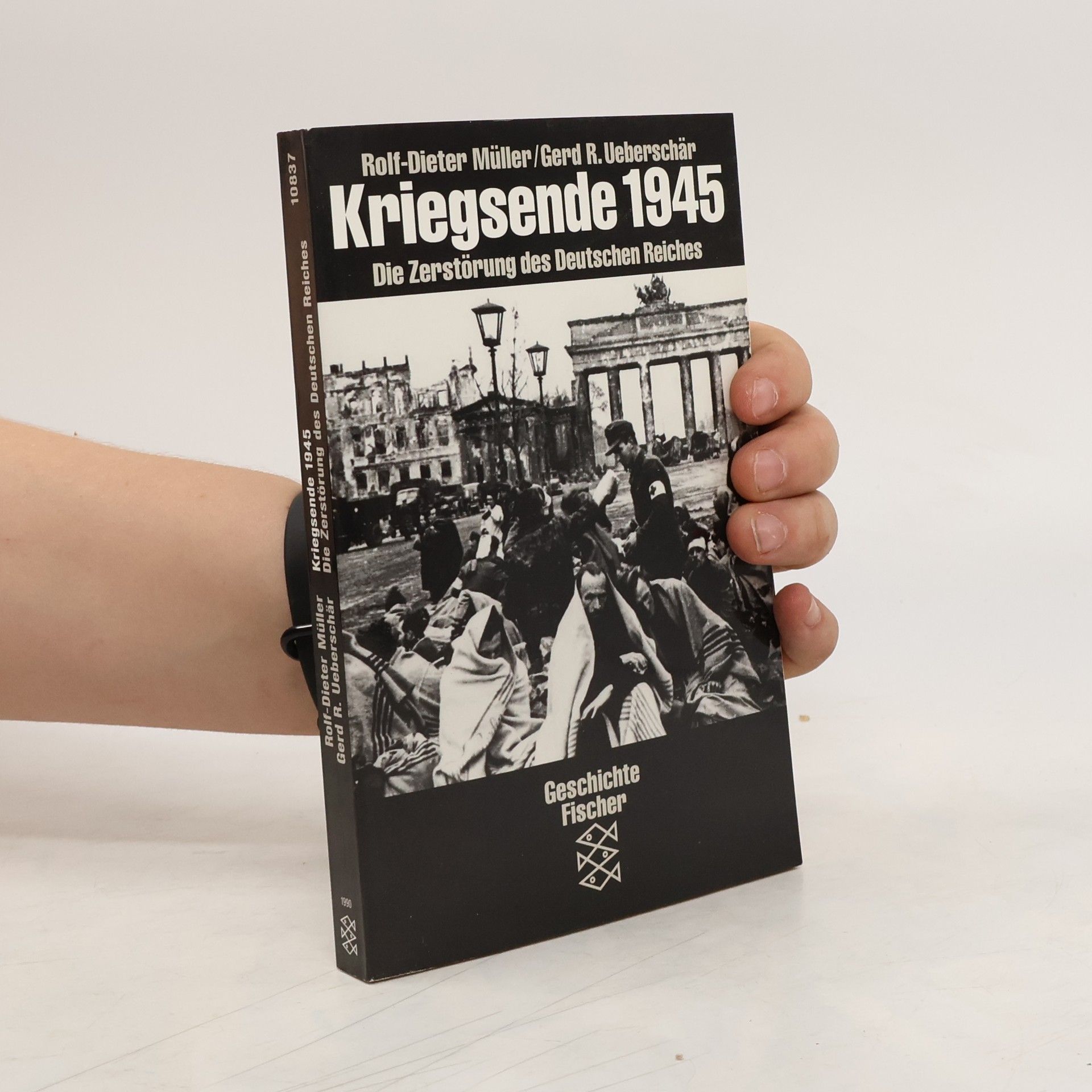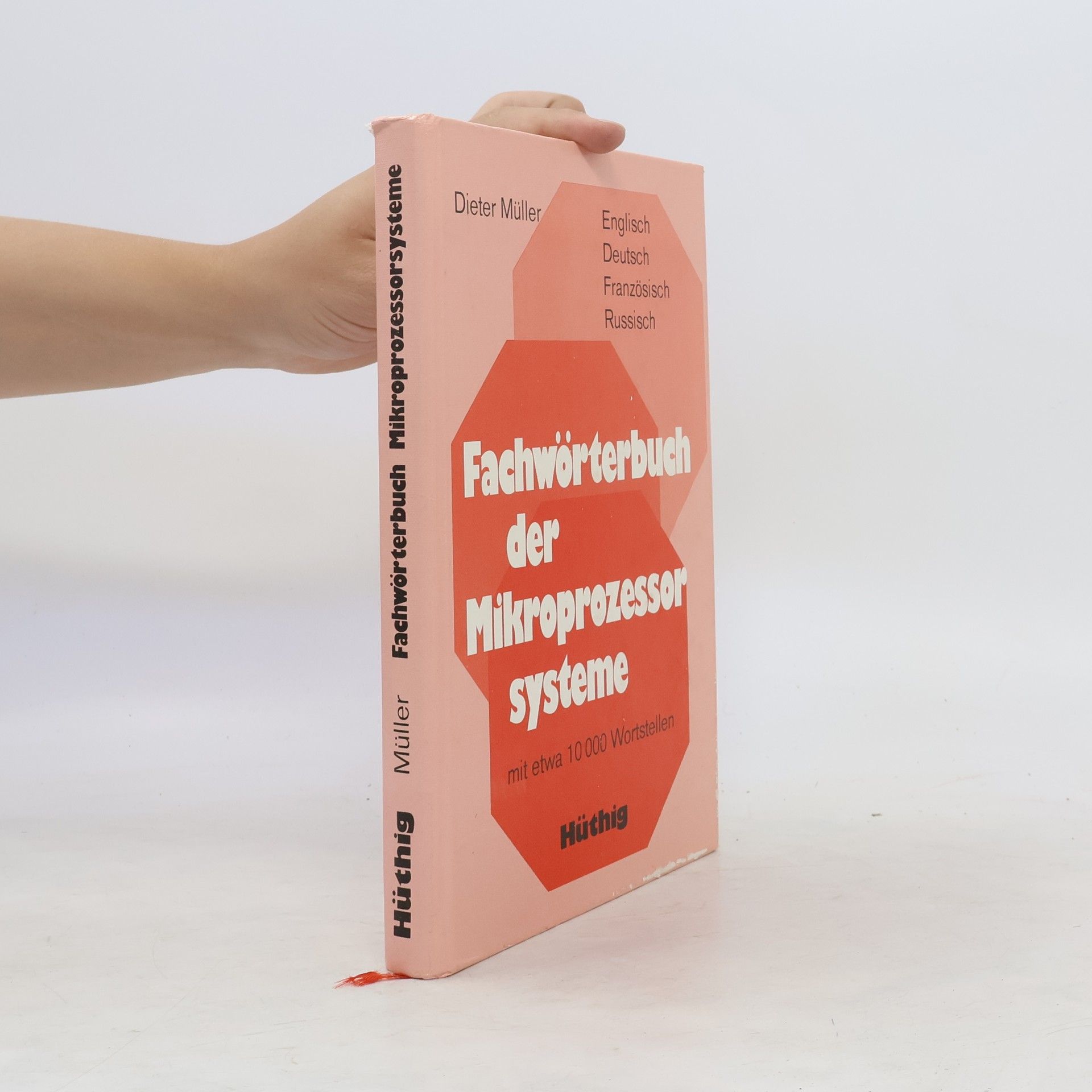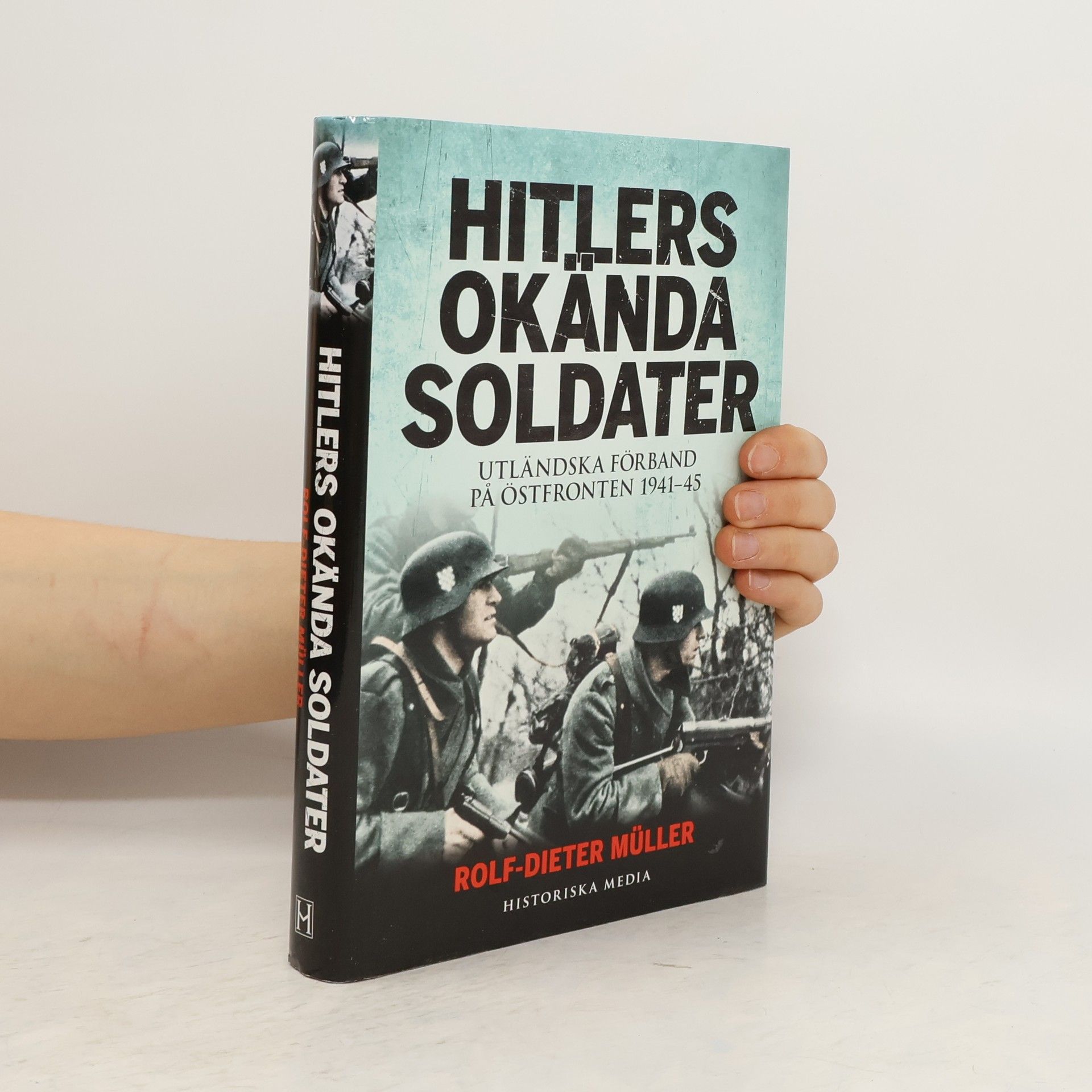Rolf-Dieter Müller Livres






When Hitler launched Operation Barbarossa with his attack on the Soviet Union in June 1941, the Wehrmacht deployed 600,000 troops to the Eastern Front. Their numbers were later swelled by a range of foreign volunteers so that, at the height of World War II, astonishingly one in three men fighting for the Germans in the East was not a native German. Hitler's declaration of the 'struggle against Bolshevism' reverberated throughout all of Europe - among convinced fascists as well as among non-Russian eastern Europeans seeking to regain their independence from the USSR. Many of these volunteers subsequently became involved in the atrocities of the Wehrmacht and the SS. Vilified by Hitler for their supposed failures, condemned and forgotten by their homelands for treason and collaboration, their involvement in the war has been largely ignored or swept aside by historians. Rolf-Dieter Müller here offers a fascinating new perspective on a little-known aspect of World War II.
Das Jahr 1945 markiert - trotz aller Kontinuität - als Epochengrenze einen tiefen Einschnitt in die an dramatischen Entwicklungen und Veränderungen reiche Geschichte des 20. Jahrhunderts. - Fünfzig Jahre danach geben wichtige politische Veränderungen mehrfach Anlass, die Ereignisse von 1945 neu zu betrachten. Die Autoren beschreiben in zehn Kapiteln die Geschichte, die zum Kriegsende 1945 geführt hat. Sie interpretieren die folgen für die beiden deutschen Staaten, für Europa und für die Weltpolitik.
Materialien zu Inhalt und Einzelaspekten des 1963 erschienenen Romans sowie Informationen zu Leben und Werk des Autors (1917-1985)
Hitlers Krieg im Osten
- 451pages
- 16 heures de lecture
Zu Beginn des Krieges gegen die Sowjetunion konnte die Wehrmacht rund 600 000 Mann verbündeter Truppen einsetzen, später kamen zahlreiche ausländische Freiwillige und 'Hilfswillige' hinzu. Auf dem Höhepunkt des Zweiten Weltkrieges war an der Ostfront schließlich jeder dritte Uniformträger auf deutscher Seite ein Ausländer. Hitlers Parole vom 'Kampf gegen den Bolschewismus' fand überall in Europa Widerhall - bei überzeugten Faschisten ebenso wie bei Angehörigen osteuropäischer Völker, die ihre Unabhängigkeit von der UdSSR anstrebten. Viele von ihnen kämpften nicht nur an der Front, sondern ließen sich auch in die Verbrechen der Wehrmacht und der Waffen-SS verstricken. Von ihren Heimatländern wegen Verrats abgeurteilt und vergessen, wurde ihr Einsatz von den Historikern im Kalten Krieg meist übersehen oder verschwiegen, von Rechtsradikalen dagegen glorifiziert. Rolf-Dieter Müller vermittelt auf der Basis neuerer Forschungen erstmals einen systematischen Überblick über die verschiedenen Motive, die Hitlers Verbündete und ausländische Freiwillige an der Ostfront kämpfen ließen. Zahlreiche Fotos, Karten und Dokumente ergänzen diese anschaulich geschriebene Darstellung.
Utan hjälp från sina allierade hade tyska Wehrmacht aldrig kunnat tränga fram till Moskvas utkanter 1941. Många av dessa soldater som stred i tysk uniform hade anmält sig som frivilliga till kampen mot bolsjevismen, andra tvångsrekryterades av den tyska ockupationsmakten. När den tyska krigslyckan vände pekades de utländska soldaterna ut som ansvariga för de militära motgångarna. Efter krigsslutet blev de stämplade som förrädare i sina hemländer för sin samverkan med nazismen och sedan bortglömda. Hitlers okända soldater lyfter fram ett tidigare okänt kapitel i historien om andra världskriget. Militärhistorikern Rolf-Dieter Müller berättar om de militära förband som stred sida vid sida med Wehrmacht på östfronten, från Finland i norr till de kaukasiska bergen i sydöst. Skildringen berikas av ett stort antal fotografier och ögonvittnesskildringar liksom de kartor som visar utvecklingen på östfronten.
Modellierung, Analyse und Simulation elektrischer und mechanischer Systeme mit Maple(TM) und MapleSim(TM)
- 581pages
- 21 heures de lecture
Dieses Lehrbuch vermittelt Grundwissen zur Lösung von Problemen der Elektrotechnik, der Antriebstechnik und der Mechatronik mit Hilfe des mathematischen Expertensystems Maple ™ und des objektorientierten Simulationssystems MapleSim ™ . Der Autor stellt zunächst Maple ™ in konzentrierter Form vor. Danach geht er ausführlich auf die Ermittlung analytischer und numerischer Lösungen von Differentialgleichungen mit Maple ™ ein. Der Modellierung und Analyse elektrischer und mechanischer Systeme mit Unterstützung durch Maple ™ sowie komplexeren Anwendungsbeispielen sind die folgenden Kapitel des Buches gewidmet. Ausführlich beschrieben werden auch das objektorientierte Modellieren und Simulieren mit MapleSim ™ und die Zusammenarbeit von Maple ™ mit MapleSim ™ , Matlab ™ und Scilab ™ .


